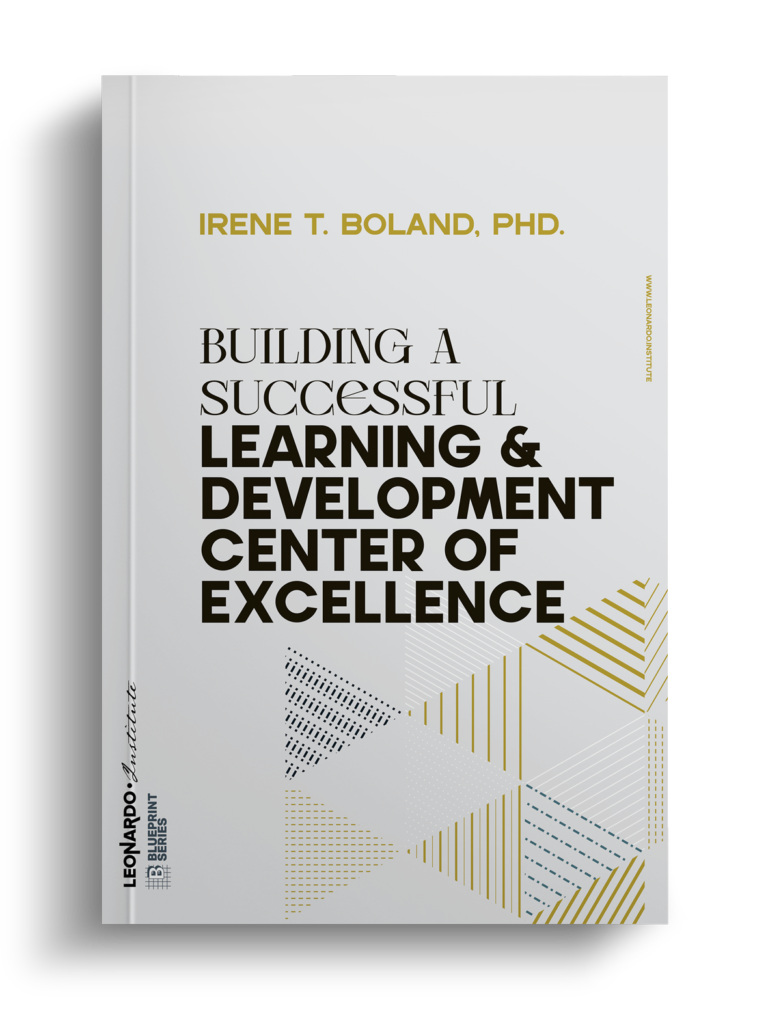As workplace learning professionals, the quest for comprehensive information is at the heart of creating effective learning experiences. The Five Ws and One H—Who, What, When, Where, Why, and How—form a formula that provides a thorough pattern of questioning that elicits detailed and complete information. Understanding the importance and application of each of these questioning dimensions can significantly enhance your ability to gather the data necessary for insightful, impactful learning strategies.
The “Who” Questions in Learning Environments
Identifying the “Who” establishes the key players in any learning scenario. It’s not just about names; it’s about understanding the roles, responsibilities, and dynamics of the individuals involved. For example, when designing a training program, asking “Who will benefit from this training?” helps tailor content to the specific audience. “Who” also clarifies the stakeholders in a learning outcome, allowing for targeted feedback and customized learning paths.
Defining the “What” in Information Gathering
Understanding the “What” dives into the substance of the learning material or the nature of the information being sought. It is the backbone of content development, ensuring that the material covers the necessary topics comprehensively. Asking “What are the key objectives of this training module?” or “What challenges are learners facing?” provides clarity on the content and helps in creating focused, outcome-oriented learning experiences.
Timing with “When”
The “When” is crucial in the context of learning as it pertains to scheduling and the sequence of content delivery. It is essential for planning and can affect learner engagement and retention. Knowing when a learner accesses information can inform the pacing and spacing of instructional content, a practice supported by the spacing effect in educational psychology which can improve long-term memory retention.
Contextualizing with “Where” Questions
“Where” provides context and setting, which can be just as important as content. In a world where remote and in-person settings are intertwined, understanding the physical or digital ‘where’ can impact the design and delivery of training. Whether it’s a hands-on workshop requiring physical space or a virtual reality simulation for remote learners, the “Where” shapes the environmental aspect of learning design.
Exploring the Reasons with “Why” Questions
The “Why” might be the most profound of the questions, as it seeks to uncover the rationale behind the need for learning. It’s about the driving force, the objectives behind the training initiative. “Why is this training important?” or “Why do learners need to understand this concept?” These questions help to establish relevance and purpose, which in turn can enhance learner motivation and engagement.
Understanding the “How” in Execution
Lastly, “How” pertains to the method or process by which learning will be achieved. It concerns itself with instructional strategies and the application of learning principles. Asking “How will this information be delivered?” or “How can learners apply this knowledge?” ensures that the training is not only informative but also practical and actionable.
Put it to Work
Applying the Five Ws and One H in your role involves more than just knowing them; it’s about actively incorporating them into your information-gathering and instructional design processes:
- Assess Needs: Use the Five Ws and One H to conduct thorough needs assessments, ensuring that your training programs address the right issues for the right audience at the right time.
- Design Curriculum: Integrate these questions into your curriculum design to create comprehensive and contextual learning experiences.
- Facilitate Discussions: Employ these questions in discussions and debriefs to encourage learners to think critically and to engage fully with the content.
- Measure Impact: Utilize the Five Ws and One H to evaluate the effectiveness of training initiatives, ensuring they are meeting the intended goals and outcomes.
The Takeaway
The Five Ws and One H are not just questioning techniques; they are foundational elements of effective communication and information gathering in the learning and development field. By strategically applying these questions, you can create a well-rounded and insightful approach to any learning scenario. This comprehensive questioning strategy will allow you to gather all pertinent information, which is crucial for developing successful learning interventions that are tailored to your audience’s needs and aligned with organizational goals. Start integrating these powerful questions into your practice and watch as they transform your learning programs into more robust, engaging, and effective educational experiences.


